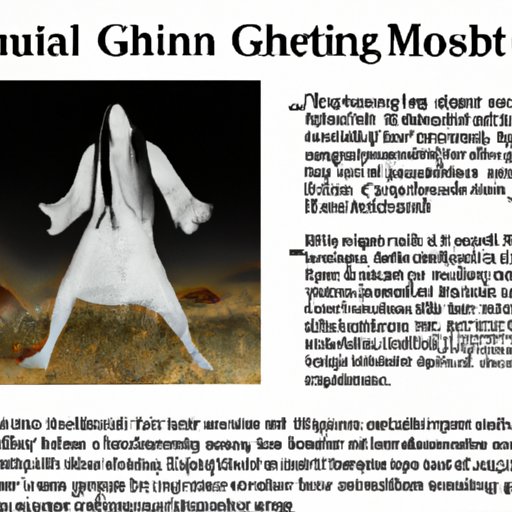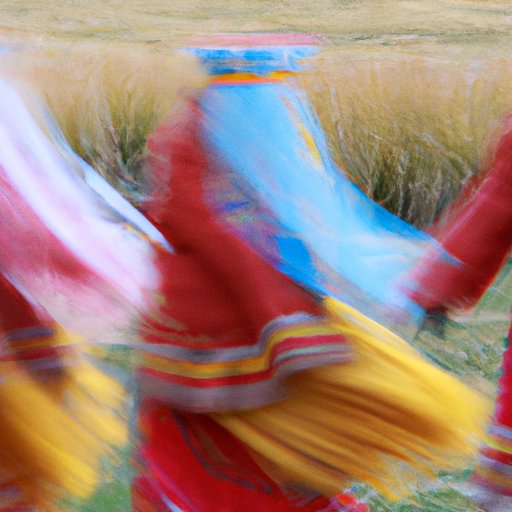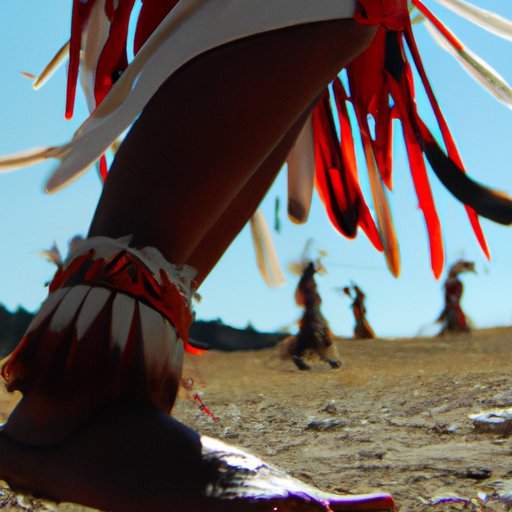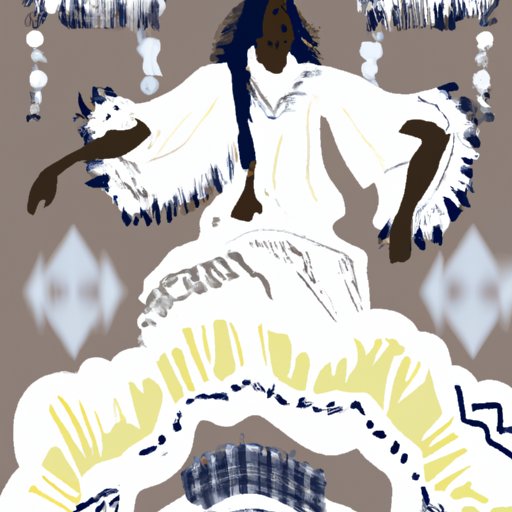Introduction
The Ghost Dance Movement was a religious movement that began among various Indigenous tribes in the late 19th century, primarily in the Great Plains region of the United States. The movement spread rapidly throughout the country, becoming a source of empowerment and unity for many Native Americans who were facing discrimination and oppression from the U.S. government. In this article, we’ll explore the historical overview, cultural significance, and legacy of the Ghost Dance Movement, as well as its impact on U.S. history.

Historical Overview of the Ghost Dance Movement
The origins of the Ghost Dance Movement can be traced back to the Paiute prophet Wovoka, who preached a message of peace and harmony between Indigenous people and white settlers. According to Wovoka’s teachings, if Indigenous people performed a special dance ritual, they would be able to bring back their ancestors and restore the land to its original state. Wovoka’s teachings quickly spread throughout the Great Plains, inspiring a wave of spiritual revival among Indigenous people.
The Ghost Dance Movement then spread to other tribes, such as the Lakota Sioux and Cheyenne. As the movement gained traction, the U.S. government became increasingly worried about its potential to challenge the status quo. In response, they took measures to suppress the movement, including arresting and imprisoning its leaders.

Cultural Significance of the Ghost Dance Movement
The Ghost Dance Movement had both religious and spiritual elements. For many Native Americans, it was an opportunity to reconnect with their heritage and ancient traditions. It was also a way for them to express their frustration with the oppressive policies of the U.S. government. The movement was seen as a form of resistance against the forced assimilation of Indigenous people into white culture.
The Ghost Dance Movement also had social and political implications. It helped to unite Indigenous people from different tribes and regions, creating a sense of solidarity among them. This was especially important during a time when Native Americans were facing increasing discrimination and oppression from the U.S. government.
How the Ghost Dance Movement Influenced Native American Identity
The Ghost Dance Movement had a profound effect on Native American identity. It gave many Indigenous people a sense of hope and empowerment, as they felt that they could make a difference in their own lives and the lives of those around them. The movement also inspired a newfound pride in Indigenous culture and traditions.
The Ghost Dance Movement also helped to strengthen tribal unity. It brought together Indigenous people from different tribes and regions, allowing them to share their experiences and struggles. This increased their sense of community and solidarity, helping to create a unified front against the oppressive policies of the U.S. government.

Exploring the Legacy of the Ghost Dance Movement
Although the Ghost Dance Movement was ultimately suppressed by the U.S. government, its legacy still lives on today. The movement had an intergenerational impact, inspiring many Native Americans to fight for their rights and stand up for their beliefs. It also helped to shape contemporary Native American identity, as many Indigenous people continue to draw upon the spirit of the Ghost Dance Movement when advocating for their rights.
The Ghost Dance Movement also had a lasting impact on U.S. history. The suppression of the movement revealed the U.S. government’s willingness to go to extreme lengths to maintain control over Native American populations. This led to further restrictions on Indigenous rights, including the passage of the Dawes Act in 1887, which resulted in the loss of millions of acres of tribal land.
Conclusion
The Ghost Dance Movement was a powerful force in the late 19th century, providing Indigenous people with a sense of hope and empowerment in the face of oppression. The movement had a profound effect on Native American identity and U.S. history, inspiring many Native Americans to fight for their rights and challenging the restrictive policies of the U.S. government. Although the movement was ultimately suppressed, its legacy still lives on today.
(Note: Is this article not meeting your expectations? Do you have knowledge or insights to share? Unlock new opportunities and expand your reach by joining our authors team. Click Registration to join us and share your expertise with our readers.)
